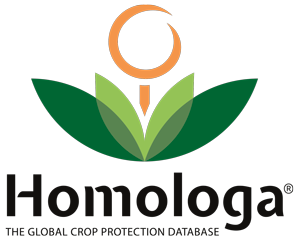At the EU Agriculture Council held on June 23–24, 2025, France—supported by several other member states—tabled a significant proposal aimed at tightening pesticide residue rules for imported agricultural products.
What Happened
- Proposal by France: Paris urged a revision of Regulation (EC) No 396/2005, which governs Maximum Residue Limits (MRLs) in the European Union.
- Key Objective: The initiative seeks to lower MRLs of substances banned in the EU to detection limits, ensuring imports comply with the same safety standards as EU-grown products.
- Support from Member States: Several governments backed the French proposal, reflecting a shared concern about fairness in trade and consumer protection.
- Commission’s Response: The European Commission, with the endorsement of Health Commissioner Oliver Varhelyi, welcomed the initiative and announced plans to explore implementation options before the end of the year.
Why It Matters
This move could reshape trade dynamics by:
- Leveling the playing field for European farmers who face stricter pesticide restrictions.
- Raising food safety standards for consumers across the EU.
- Potentially creating friction with trade partners who rely on different pesticide regimes.
Homologa’s Perspective
At Homologa, the global crop protection database powered by Lexagri, we monitor these regulatory shifts closely. Aligning residue standards for imports with EU norms represents a milestone in pesticide policy that will have wide-reaching implications for agricultural production, international trade, and regulatory compliance.
We will continue to centralize and update these changes to provide the sector with reliable and up-to-date information.

